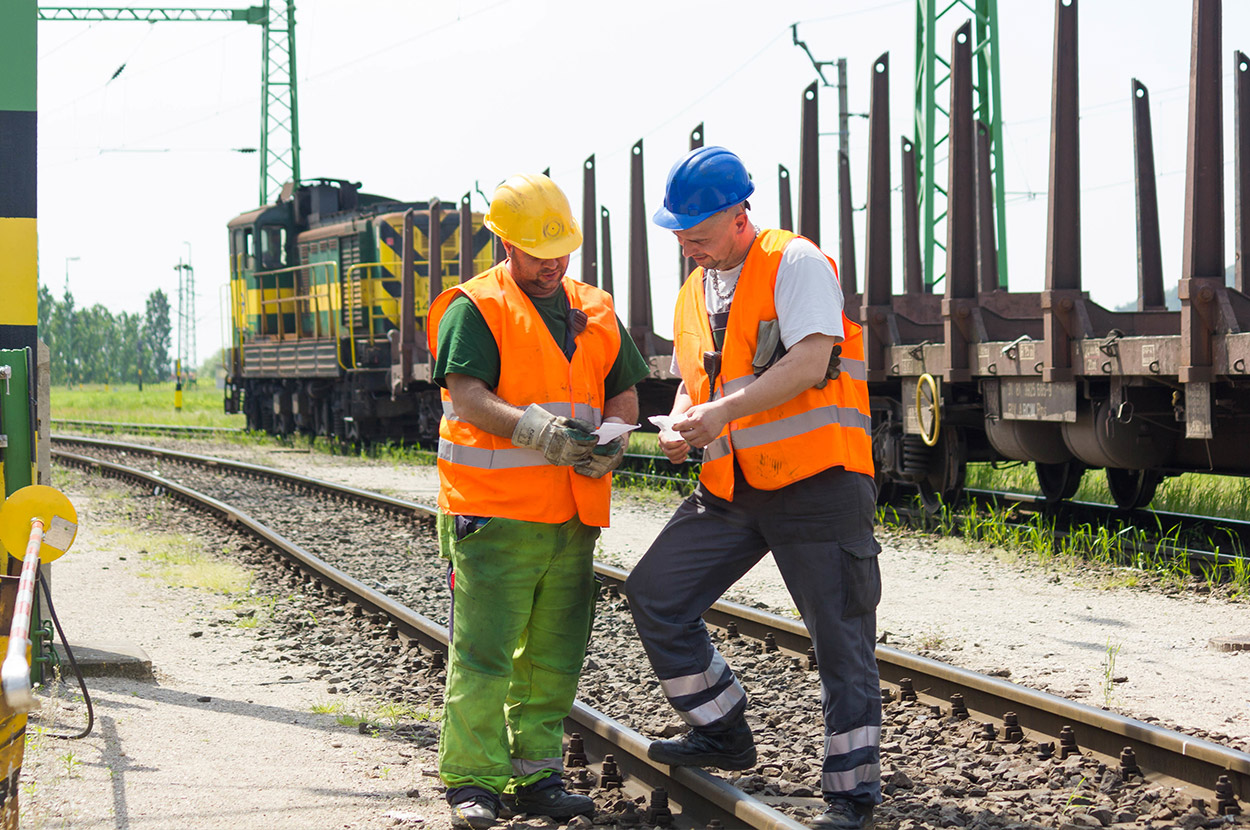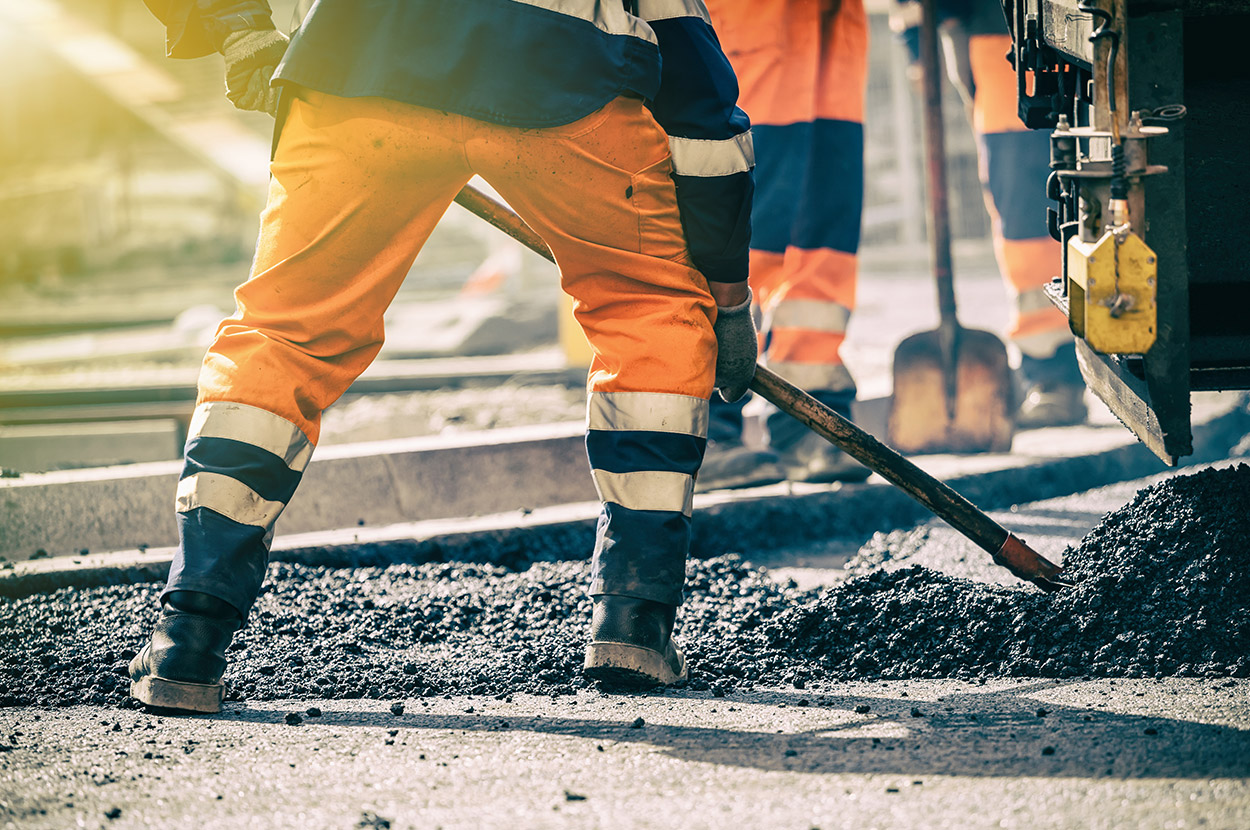Get A Free Legal Consultation
- We fight to maximize your results
- Many clients get results in as few as 90 days
- No out-of-pocket costs for you or your family






Between 1990 and 1999, the railroad industry was the fourth most frequently listed industry on the death certificates of individuals over 15 years of age who died from asbestosis. Much research has shown that those afflicted with asbestosis — a scarring of the lungs due to asbestos fiber inhalation — have a greater risk of developing malignant mesothelioma cancer.
Call (800) 326-8900 now to see if our asbestos attorneys can help your family secure compensation after a mesothelioma diagnosis. It costs nothing to speak with us.

Railroad work was particularly dangerous in regards to asbestos exposure. The number of ways in which asbestos was used on locomotives exposed railroad workers of many kinds on a daily basis. Due to the high heat in steam engine trains, steam engine railroad workers frequently had the most direct contact with asbestos-containing products.
Railroad jobs at particular risk of asbestos exposure include:
For over 100 years, asbestos materials have helped enable success of the railroad industry. Like any other industry that required heat protection for machinery and human life, the railroad industry relied on asbestos for the production of carriages and engine parts, and for insulation protection against heat generated by steam and coal-powered engines.
The railroad industry used asbestos to insulate machinery and pipes throughout the train system, and lined entire passenger cars with asbestos — within walls, ceilings, and in the form of floor tiles.
Many of the parts required for trains to function were also composed of asbestos, including brake shoes and gaskets. The gaskets were often custom cut-to-size by railroad workers, and when asbestos products are cut into, small asbestos fibers are released into the air. These fibers were not only inhaled by the worker doing the cutting, but also by anyone who happened to be in the area.
Research conducted over the past two decades shows that railroad workers have a considerably higher chance than the general population of developing diseases associated with asbestos exposure including mesothelioma, lung cancer and asbestosis. Given the long latency period of asbestos-related diseases, there remains a very good possibility that thousands of mesothelioma cases have yet to emerge for those who worked within the railroad system of America.

For railroad workers and their families impacted by a mesothelioma diagnosis, our asbestos attorneys have recovered millions to help them pay for medical bills and hold those who harmed them accountable. A few of Simmons Hanly Conroy’s top mesothelioma settlement amounts recovered for our clients who worked on railroads are listed below.
Our firm represents people harmed by mesothelioma and other asbestos-related cancers on an individual basis, so the results below are reflective of each individual’s mesothelioma story. Results will vary by case depending on the individual’s exposure, age, diagnosis and several other factors.
![]()
California
Switchman & U.S. Air Force Veteran
![]()
![]()
![]()
![]()
Illinois
Steam Repairman
![]()
![]()
![]()
![]()
Michigan
Mechanic & U.S. Army Veteran
If you or a loved one believe you may have been exposed to asbestos during your career as a railroad worker, please fill out the form below to schedule a free legal consultation with one of our experienced asbestos attorneys. We’ll help you learn more about mesothelioma and it’s relation to asbestos exposure among railroad workers.


In 1908, a U.S. federal law was enacted to protect and compensate railroad workers who were injured on the job because of the wrongdoing of the employer, railroad or equipment manufacturer. This law is called the Federal Employers’ Liability Act (FELA) and is similar to workers’ compensation insurance provided to occupations in other industries.
In order to receive any type of compensation under FELA, the locomotive worker must prove that the railroad, employer or equipment manufacturer was negligent in some way and therefore caused the injury. Not only does FELA cover bodily injuries sustained on the job, it also covers asbestos exposure and subsequent asbestos-related diseases such as mesothelioma.
One of the benefits of filing a FELA claim is that FELA compensation is generally much higher than a typical workers’ compensation claim or other forms of negligence claims, such as a lawsuit for injuries sustained in a car accident. If you are a current or former railroad worker who was diagnosed with an asbestos-related disease, you should consider filing a FELA claim to secure compensation for:
Simmons Hanly Conroy has several attorneys experienced in filing FELA claims for railroad workers across the country. One such attorney is Partner Ken Danzinger who has more than 25 years of experience filing FELA claims.
An example of one of those stories is Ken’s client who was a California railroad worker from 1955 to 1959. He worked as a scrapper, which means he scrapped steam engines full of asbestos insulation and equipment. He was diagnosed with mesothelioma in 2012. He hired the firm and then passed away two months later. Before he passed, the railroad worker gave a deposition, and Ken was able to expedite the case. Because of Ken’s quick legal work, the family received a significant mesothelioma FELA settlement.
Dedicated to his clients and their families, Ken has secured millions of dollars in verdicts and settlements for them. And it doesn’t matter where you live — Ken has taken cases to trial in multiple jurisdictions, including Illinois, Missouri, Ohio, Montana and West Virginia.

